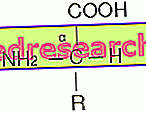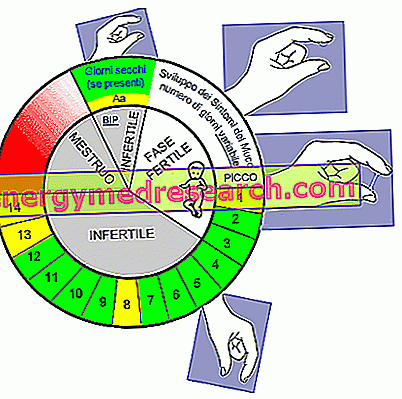(by Roberto Eusebio, absolute national champion of body fitness)
I state that:
it often happens to me that athletes ask me the usual and common question: "how many proteins do you take during the day and how do you take them ?? ..."
In this article I would like to clarify the necessary protein intake of an individual who trains with weights according to the goals he wants to achieve.
To clarify it is necessary to understand how proteins are structured.
Proteins
Proteins are mainly composed of 4 elements: C, H, O, N (in order of carbon, hydrogen, oxygen and nitrogen). They are organic substances: polypeptides, polymers therefore amino acid chains of variable numbers, from a few tens to a few hundred.
Amino acids contain different functional groups, including an amino group -NH2 e
a COOH acid group.
In nature there are about twenty amino acids that, combining in various sequences, can form tens of millions of proteins, exactly as the letters of the alphabet form innumerable words.
Amino acids in nature are all α-amino acids, with the presence of at least one chiral carbon (ie linked to functional groups all different from one another), they have a general formula:

Some amino acids, called essentials, cannot be synthesized by the body and therefore must be supplied exogenously through the diet.
Amino acids bind to form peptide chains of different length or complexity. This bond is established between the carboxyl group of one and the amino group of the other, with condensation and loss of a H2O molecule.
The carbohydrate bond formed is called the peptide bond.
If the number of amino acids (amino acids) is less than 10 this chain is an oligopeptide; 10 to 50 amino acids polypeptide; over 50 a PROTEIN.
Proteins perform multiple functions and have different tasks given their structural dynamism that easily tends to bind with other molecules.
They provide essential amino acids for the performance of certain biological and regulatory functions:
Regulatory function: as hormonal precursors: insulin, glucagon, TSH etc.
They regulate the metabolism because many enzymes are protein in nature.
Plastic function: amino acids act as "bricks" that allow the construction of proteins in the human body subject to continuous tournover, blood coagulation.
Structural: in the cell 50% give rise to channels of a proteic nature which, placed on the membrane, allow the passage of ions and substances from the cell. They also give rise to contractile bridges between actin and myosin on muscle cells (fibers).
Haematic transport: of nutrients (lipoproteins) or hemoglobin for oxygen.
Immune defense: immunoglobulins
Protection: on external coating epithelia (keratin)
Inheritance: transmission of genetic characters.
Protein synthesis.
Peptide chains in particular conditions can be broken in the body, obtaining the amino acids of which they were composed. This demolition process is called hydrolysis and can be of chemical and enzymatic type and take place, for example , during digestion, making the amino acids absorbable intestinal.
Each protein acquires specific properties based on the spatial arrangement it assumes is genetically determined.
Biological value of food proteins
Of twenty naturally occurring amino acids only eight or nine are considered essential for humans, since they cannot synthesize them or produce them in small quantities.
The essential amino acids are : phenylalanine, isoleucine, leucine, lysine, methionine, threonine, tryptophan, valine, for growing children also histidine.
For body growth it is necessary that all of these essential amino acids (complete protein) are contained in a protein, otherwise the lack of a single amino acid makes it unsuitable for growth (incomplete protein).

The biological value is the amount of protein synthesized by man starting from the one ingested .
For each biological value of a given protein the body produces the same amount in grams of its own proteins. For example, if the biological value for whole-egg proteins is 97, it means that following the intake of 100 g of these proteins, the body produces 97g of its own.
The proteins of animal origin have a higher quality than those of vegetable origin.
The value of amino acids present in a given protein is also called the amino acid spectrum and represents the quantity of essential amino acids contained in it.
If a food contains X grams of protein, these are split into amino acids that can be used for the synthesis of human proteins by the body, but when only one of these amino acids is exhausted the synthesis ends precisely because the building blocks are missing.
This is the explanation that protein quality and biological value are very important for protein synthesis.
The biological value is indicated by the ratio between the quantity of N (nitrogen) retained by the organism for growth and maintenance with that absorbed, considering that:
N absorbed = food - fecal elimination
N withheld = feeding - fecal elimination and urine
N evaluates the amino acid spectrum of essential amino acids.
The digestive utilization coefficient is the percentage of the ratio between the amount of protein introduced with the diet and the absorbed nitrogen.

CONTINUE: Protein supplement »



